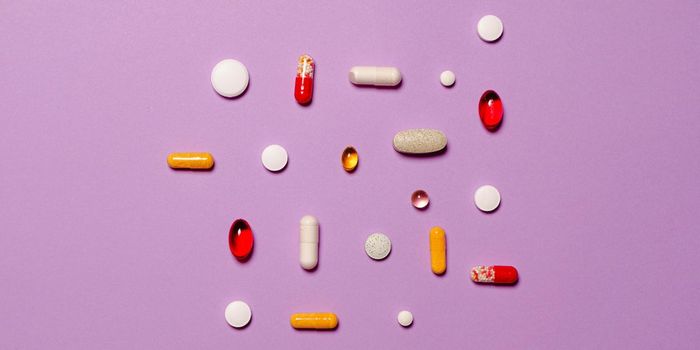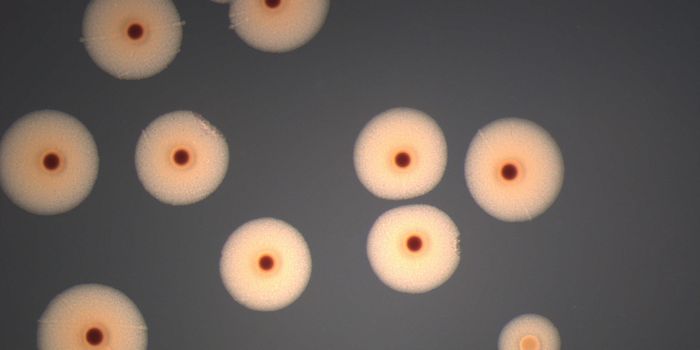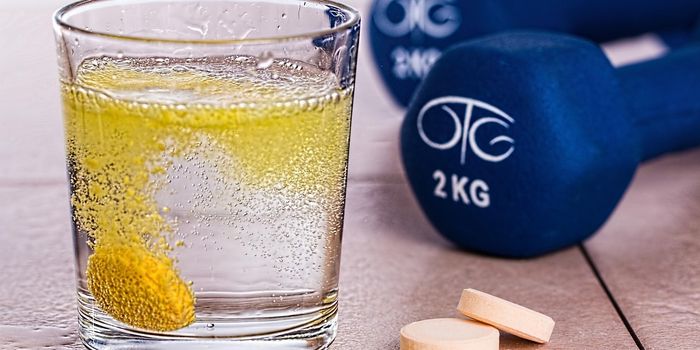Flavonoid Delivery Using Nanoparticles Currently On Route
Eating more plants can help us fight the obesity epidemic as well as chronic diseases. One helpful trick to get all your vegetable nutrition is to wrap them in nanoparticles for delivery to targeted tissues. This novel solution is currently in preclinical trials, and ready to enhance the delivery of plant derived medicine.
Vegetables are full of health-promoting phenolic compounds, which are antioxidants commonly found in the human diet. Their primary features are hydroxyl groups attached to aromatic rings.
Image Credit: © Colin / Wikimedia Commons / CC BY-SA 3.0
Flavonoids are plant derived or phytochemical molecules containing these classic aromatic studded rings. They have anti-inflammatory, antioxidant, and anti-carcinogenic properties, as well as offer various types of direct or indirect immune system support. Flavonoids are linked to decreased rates of cancer and heart disease. Some have reached various levels of clinical trials, such as catechin, which is commonly found in green tea.
The trouble with flavonoid treatments in vivo becomes clear when attempting to deliver the molecules. They are highly prone to issues with absorption, distribution, metabolism, and elimination (ADME), explains Dewanjee et al. in a recent review for Drug Discovery Today.
In their article, Dewanjee et al. explains how the use of nanoparticles is a novel solution that can specifically address flavonoid’s ADME limitations. Nanoparticle constructions or nano-formulations enhance drug delivery by escorting drugs to appropriate targets. They offer physiological durability whether the flavonoid is encapsulated within a lipid bilayer or polymeric shell or defused in a polymeric matrix. Higher concentration of the treatments around the cancer sites is possible because of increased permeability. For example, pH-responsive nanocarriers are attracted to the low pH environment of tumors. Ligand attachment on the outside of the nanoformulations can ensure site-specific delivery of these powerful plant extracts. Special receptors can be designed for the nanocarrier’s surface to encourage cancer cell uptake. These improvements make flavonoids and nanoparticles a perfect pair.
Each of the various silica, carbon, metallic or polymeric nano-formulations have various levels of stability and biodegradability. Specifically, lipid-based formulations are showing promise.
While currently preclinical, this research highlights an ideal candidate to escort flavonoids to their cancer targets. This solution is already proving superior to lose flavonoids. Still, no reason to stop eating your vegetables. Much more research is needed on the biosafety and biodegradation of the nanoparticles to develop the pairing for clinical trials.
Sources:
Bioactive Compounds, Journal of nutritional science, Nature, Drug Discovery Today. Biochimie, OpenNano, Medicines, Nutrition Review.









